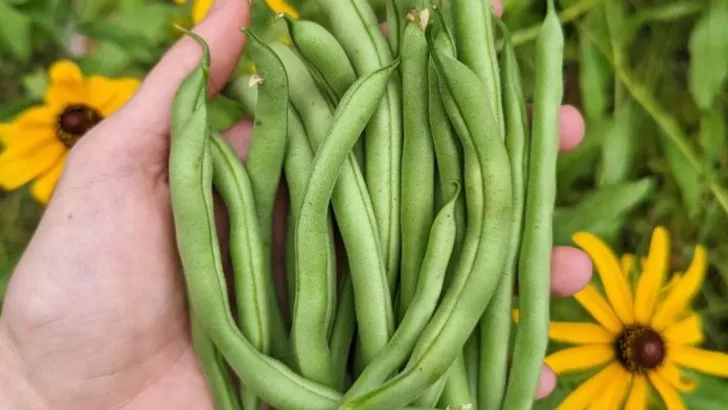Not every gardener wants—or remembers—to fuss over their crops daily. The good news? Some vegetables are so tough, forgiving, and independent that they’ll thrive even if you miss a watering (or three). These plants are perfect for beginners, busy growers, or anyone gardening in hotter, drier climates.
Many of them are naturally drought-tolerant, deep-rooted, or quick to adapt. They won’t punish you for a little neglect—instead, they’ll keep producing with minimal effort, often bouncing back stronger than ever after dry spells.
In this article, discover 17 vegetables that practically grow themselves. Whether you’re gardening in-ground, in raised beds, or in containers, these resilient edibles prove that a bountiful harvest doesn’t have to mean constant attention.
Radishes
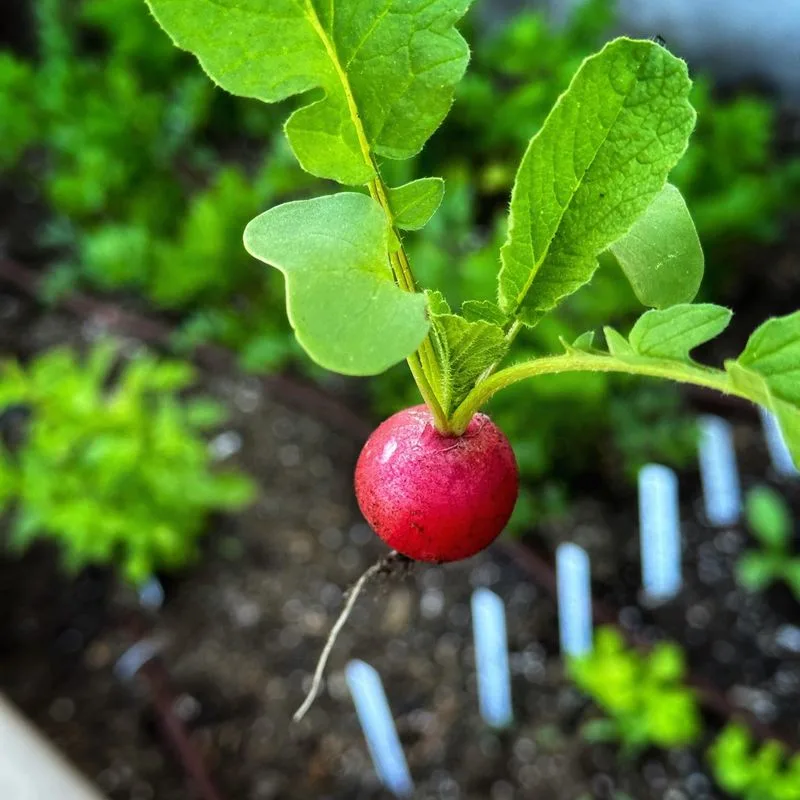
Quick sprouters, radishes are often the first crop new gardeners try. Their fast-growing nature means they’re ready to harvest in just a few weeks. Radishes thrive in cool weather and require minimal care. Even with infrequent watering, they keep developing underground, making them a low-maintenance choice.
You can plant them in small spaces, including containers or window boxes. Radishes add a crisp texture and a peppery flavor to salads. Their colorful variety enhances any garden’s aesthetic. Try a mix of red, white, and purple types for visual interest.
Zucchini

Zucchini, with its abundant yield, can overwhelm a gardener in the best way! Even if you miss a watering, these plants continue producing prolifically. Zucchini prefers sunny spots and can spread extensively, so give them some space.
These squash plants are versatile in the kitchen, from grilling to baking. Pick zucchinis regularly for the best taste and to encourage more growth. Try planting in pairs to ensure better pollination. Their large leaves provide natural ground cover, reducing weeds.
If you’re short on space, consider trellising them for vertical growth.
Kale
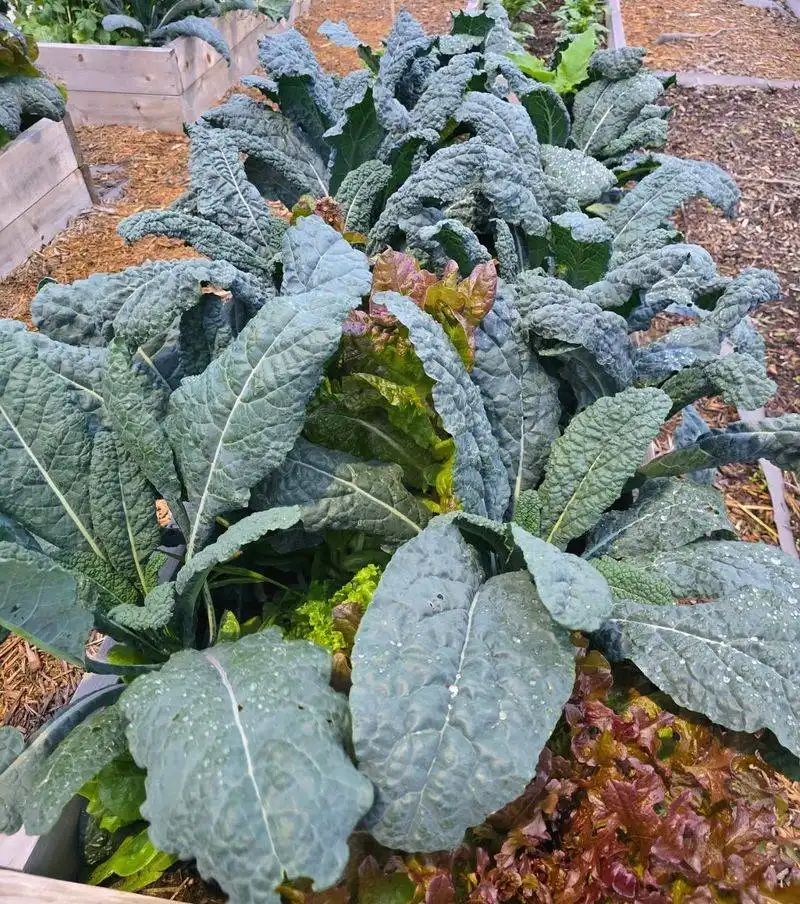
Kale is a hearty green that’s not only nutritious but also surprisingly hardy. It flourishes even in less-than-ideal conditions, withstanding drought and frost alike. These traits make it a staple for low-maintenance gardening.
Whether in salads, soups, or smoothies, kale adds a robust flavor and a nutritional punch. For continuous harvest, pick the outer leaves and let the plant keep growing. With a long growing season, kale can provide greens for months. This resilient vegetable can even thrive in partial shade.
For an interesting twist, try different varieties like dinosaur or red Russian kale.
Swiss Chard
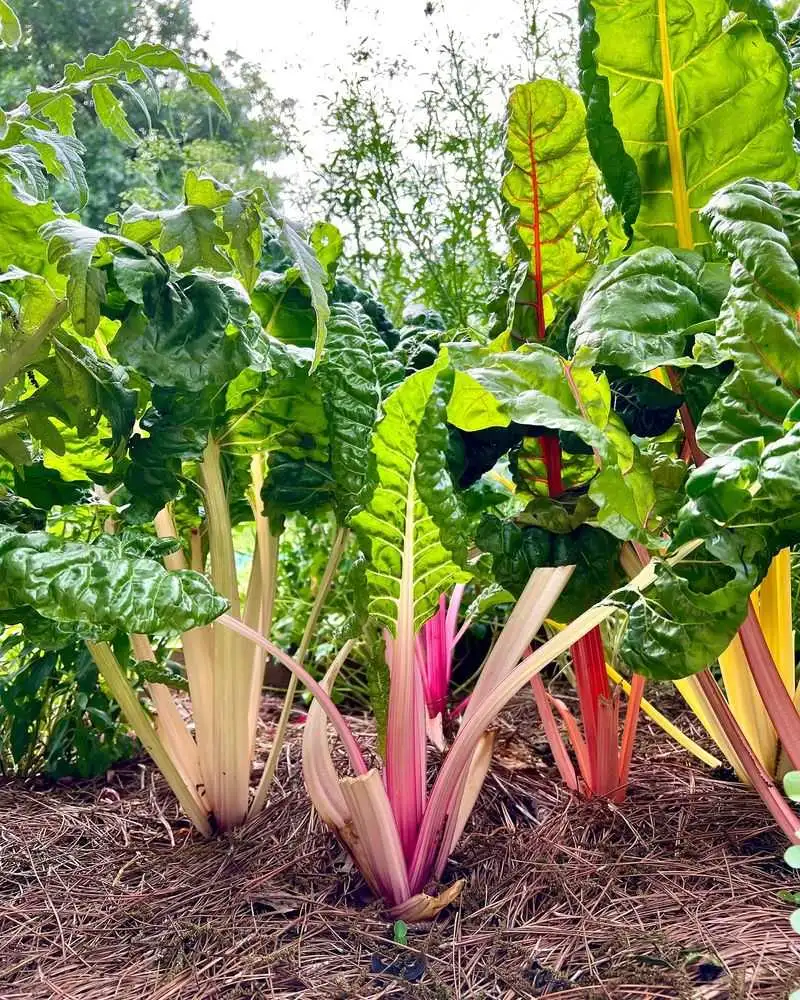
Swiss chard is a visual delight with its rainbow of stalks. This leafy green is tolerant to neglect, growing well even when forgotten in the garden. With its ability to regenerate leaves after harvesting, it’s a gift that keeps on giving.
Chard thrives in diverse climates and can be planted early in the spring or late summer. Its earthy flavor complements soups, sautéed dishes, and salads. Even in challenging conditions, chard remains robust. Its bright stalks and deep green leaves are not just nutritious but also add a splash of color to your garden.
For best results, water moderately and enjoy the continuous yield.
Carrots
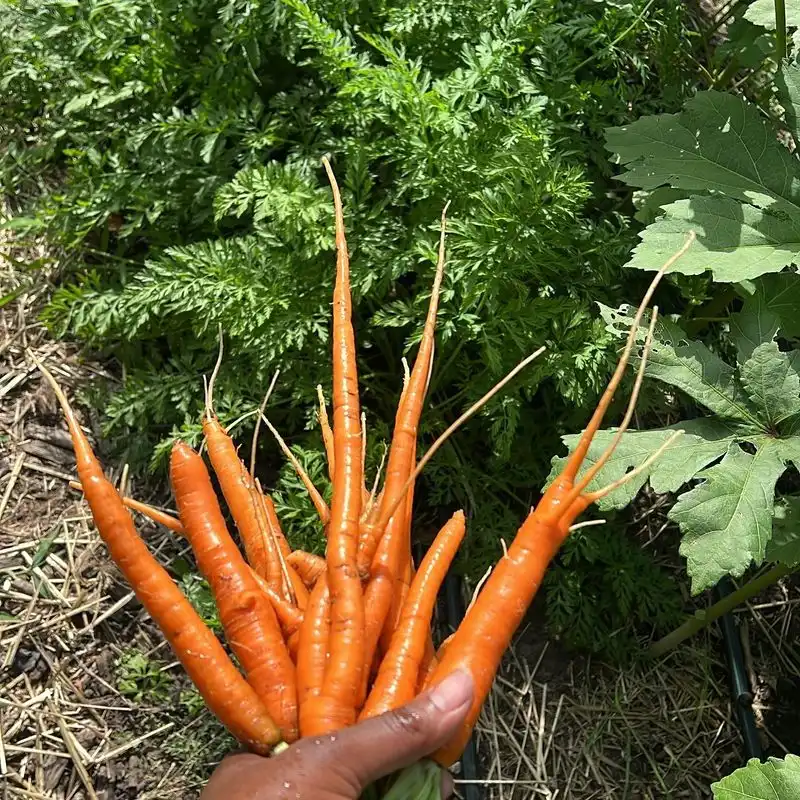
Patience rewards those who plant carrots, as these root vegetables take their time to mature. Well-suited for sandy soils, they require minimal watering once established. Carrots develop deep roots that seek out moisture, allowing them to thrive even during dry spells.
Their sweet crunch is a favorite in both raw and cooked dishes. For optimal growth, ensure the soil is loose and free of rocks. Varieties like Nantes and Chantenay are particularly popular among gardeners.
Keep an eye for their feathery green tops as a hint for when they’re ready to harvest.
Beets

Beets are a dual-purpose delight, offering both crunchy greens and sweet roots. These vegetables tolerate poor soil and sporadic watering, thriving in varied conditions. Beets require little attention and are ideal for beginner gardeners.
Roasted, boiled, or raw, they bring vibrant color and flavor to your plate. The greens are equally nutritious and can be used in salads or sautéed. Plant them in succession for a continuous harvest throughout the season.
They grow quickly, making them an excellent choice for those eager to see results.
Spinach
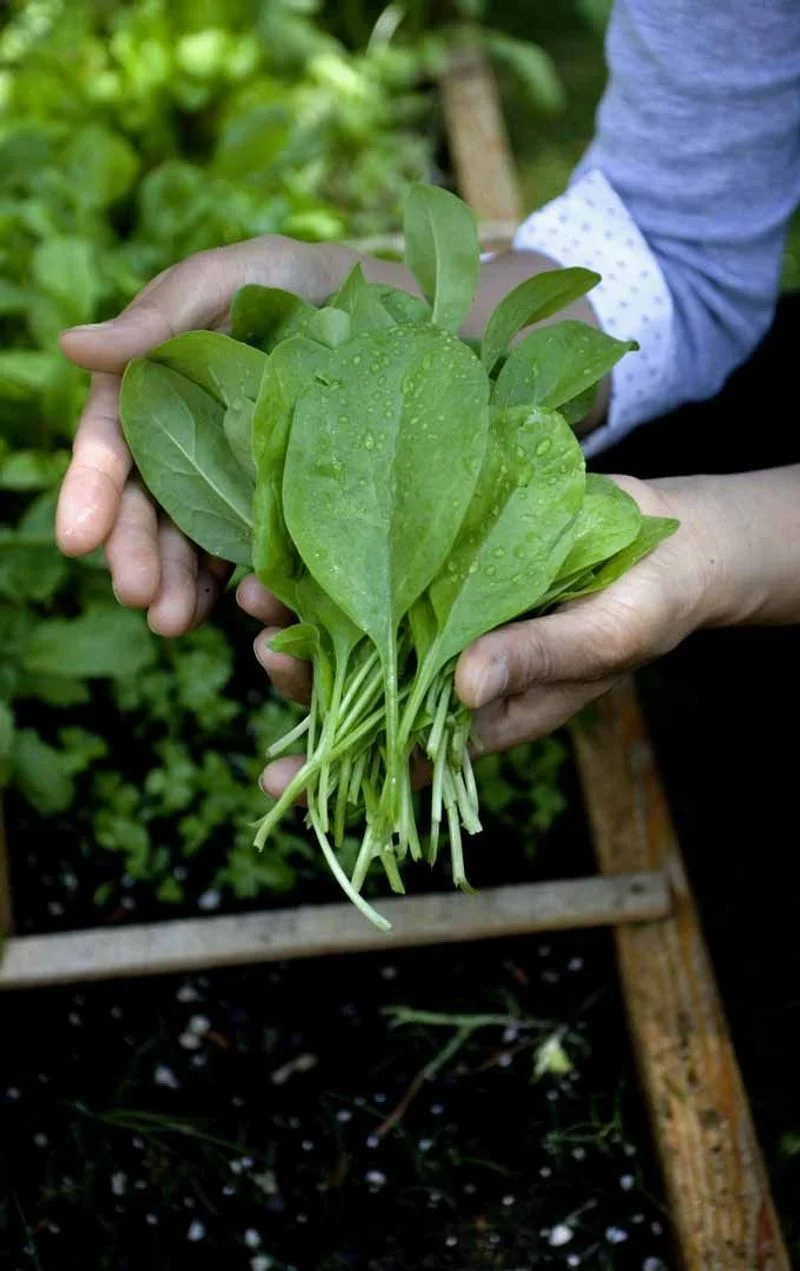
Spinach, the quintessential superfood, is incredibly forgiving in the garden. It requires minimal care, particularly once established. Spinach can handle occasional neglect, still yielding plenty of tender leaves for your salads and sautés.
It thrives in cooler weather and can be planted early in the spring or autumn. Pick leaves regularly to encourage more growth throughout the season. Spinach is versatile, boosting both nutrition and flavor.
Consider planting in shaded areas to extend its growing season and prevent bolting.
Garlic

Once planted, garlic requires little intervention, thriving mostly on its own. This pungent bulb is usually planted in the fall and left to overwinter. By spring, it rewards you with robust growth.
Garlic’s strong aroma and flavor make it a kitchen staple, enhancing dishes from pastas to roasts. It also serves as a natural pest deterrent in the garden. For the best yield, provide well-drained soil and occasional watering.
As a bonus, the scapes, or flower stalks, can be harvested and used in cooking for added flavor.
Green Beans
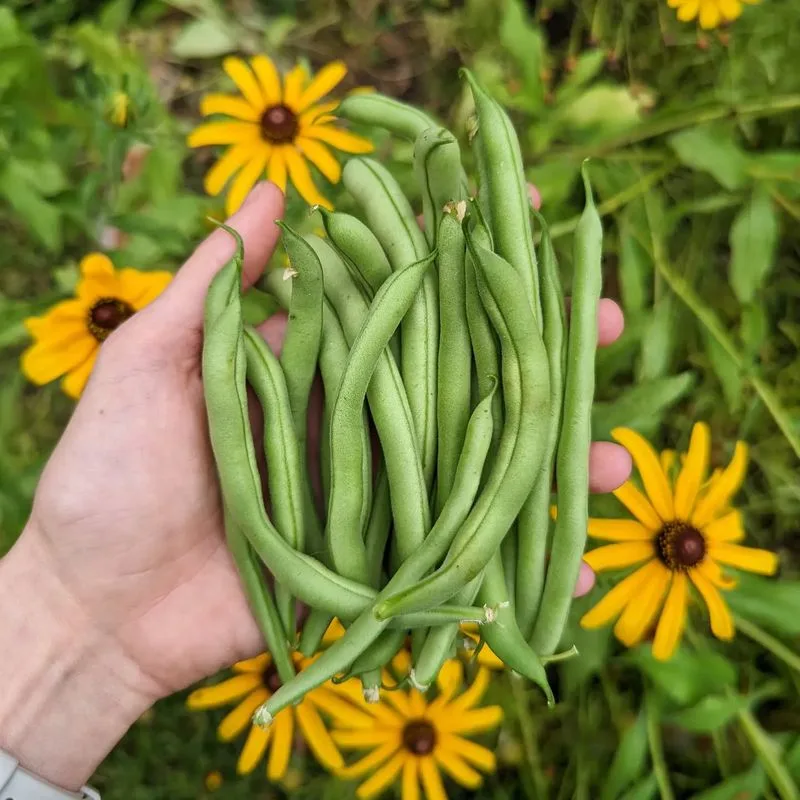
Green beans, whether bush or pole varieties, are prolific producers. They thrive in warm weather and require little more than a sunny spot and infrequent watering. Perfect for vertical gardening, pole beans can save valuable space.
Their crisp pods are a versatile addition to meals, from fresh salads to stews. To keep beans coming, pick them regularly. Green beans are excellent for teaching kids about gardening due to their fast growth and straightforward care.
They enrich the soil by fixing nitrogen, making them a beneficial companion plant in your garden.
Peas
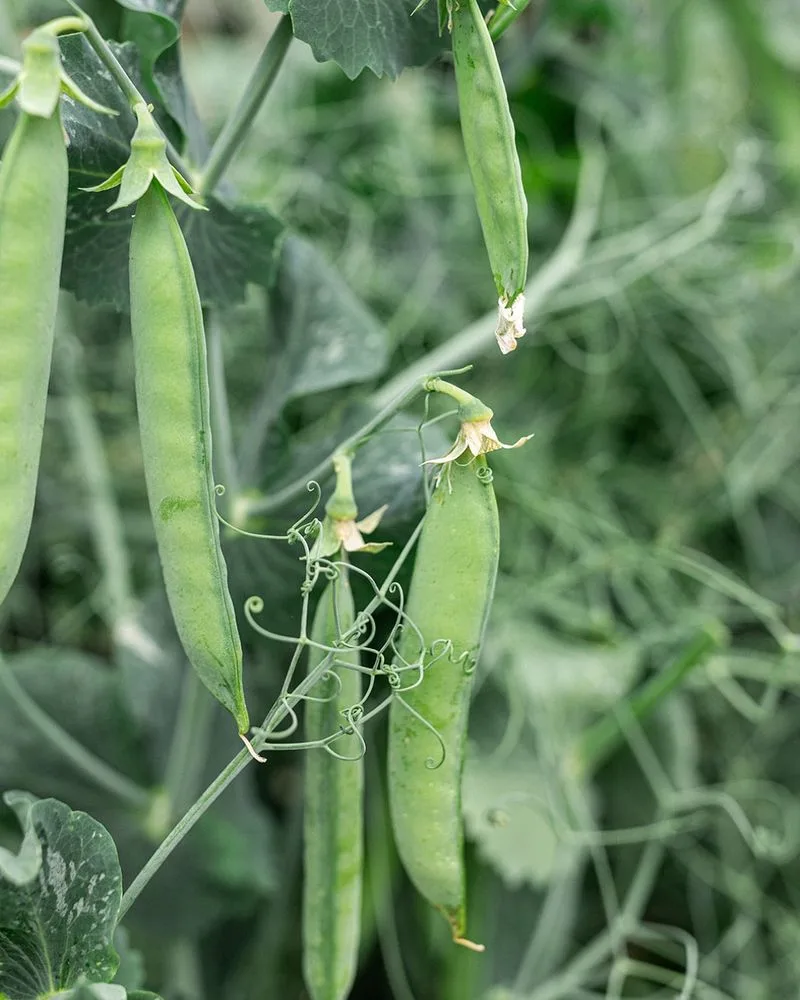
Charming and delicious, peas are a garden favorite. They require minimal fuss and continue to produce despite occasional neglect. Their tendrils climb effortlessly, making them ideal for vertical spaces.
Fresh from the vine, peas deliver sweet bursts of flavor that are unmatched. These legumes prefer cooler temperatures and can be planted early in spring. Harvest the pods regularly for a steady supply over the growing season.
Peas enrich the soil with nitrogen, benefiting subsequent plantings. For a twist, try growing sugar snap or snow peas.
Lettuce
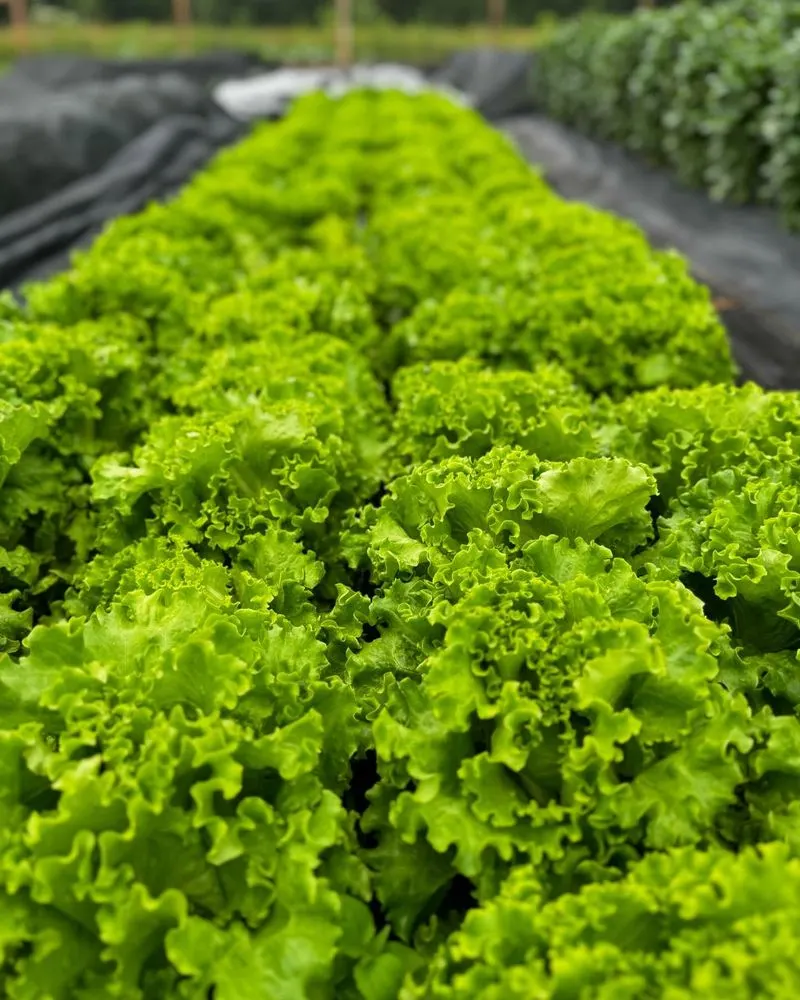
Lettuce offers a near-instant gratification with its rapid growth and minimal needs. It thrives in cooler weather and can be cultivated throughout spring and fall. Even with irregular watering, lettuce remains crisp and fresh.
For a diverse salad bowl, plant a mix of leaf, romaine, and butterhead types. Regular harvesting encourages continuous leaf production. Lettuce is a versatile garden staple, enhancing dishes with its refreshing crunch.
To prolong its growth, consider succession planting every few weeks, ensuring a steady supply.
Cucumbers

Cucumbers, with their refreshing taste, are a garden favorite. Despite occasional dry spells, they’ll continue to thrive, especially when grown on supports. These vines maximize vertical space, leaving more room for other plants.
Their crisp, hydrating quality makes them perfect for salads and pickling. Plant cucumbers in full sunlight for optimal growth. To ensure a bountiful harvest, pick them regularly when they’re firm and green.
Consider experimenting with different varieties, like lemon cucumbers, for a unique twist.
Onions
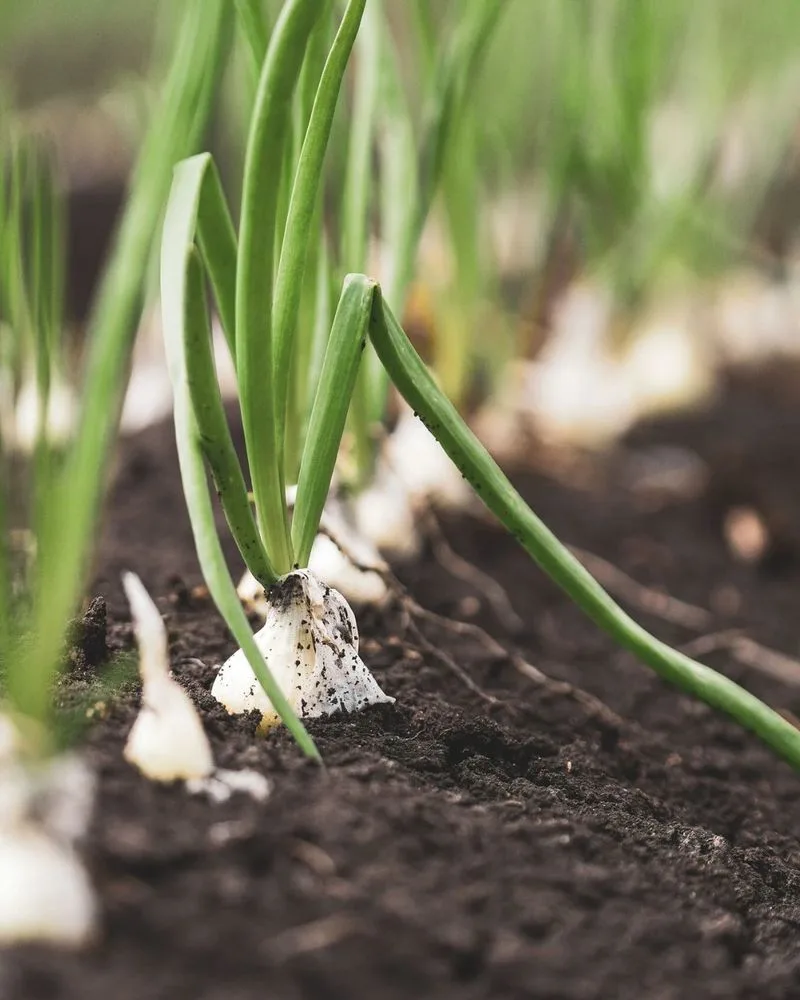
Onions are a kitchen essential that demand little from the garden. They have a long growing season but require minimal care once planted. Even with sporadic watering, onions will continue to develop robust bulbs.
Their pungent flavor is indispensable in culinary dishes worldwide. Onions can be stored for months after harvesting, providing long-lasting use. Plant them in well-drained soil, and they will thrive with just occasional attention.
For variety, try growing red, yellow, or sweet onions, each adding a distinct flavor to your dishes.
Potatoes
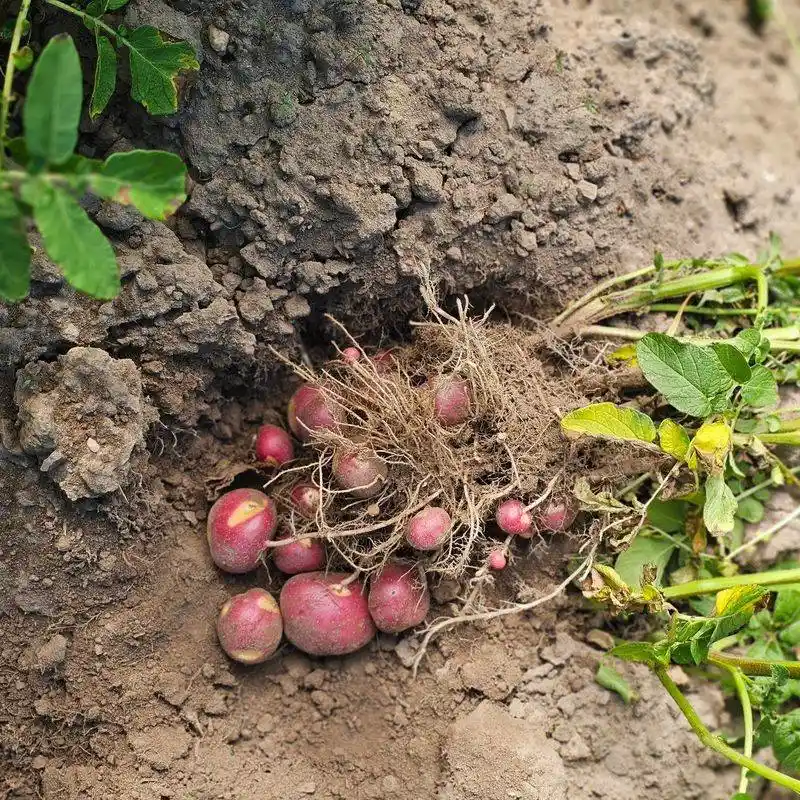
Potatoes are a rewarding crop that asks very little. Once planted, they develop underground with minimal fuss. Even if forgotten, these tubers can thrive, making them ideal for busy gardeners.
Their versatility in the kitchen is unparalleled, turning into everything from fries to mashed potatoes. For the best results, plant seed potatoes in well-draining soil. Regularly mound soil around the stems to encourage more tuber growth.
Consider trying different varieties like Yukon Gold or Russet for diverse culinary uses.
Turnips

Turnips, with their dual-purpose nature, offer both edible roots and greens. They require minimal care and can withstand periods of neglect. Turnips mature quickly, providing rapid results for the impatient gardener.
These vegetables add a distinct, slightly peppery flavor to dishes. The greens are equally tasty and nutritious, perfect for sautés and salads. Plant them in early spring or late fall for the best growth.
For a unique addition, try heirloom varieties with different colors and flavors.
Leeks

Leeks bring a subtle, onion-like flavor to your culinary creations. They are low-maintenance and can thrive with minimal watering. Once established, they continue to grow steadily, requiring only occasional attention.
These vegetables are perfect for soups, stews, and quiches. For the finest flavor, blanch them by mounding soil around their bases. Leeks grow well in cooler climates, making them a great choice for extended autumn harvests.
Experiment with traditional or giant varieties for different culinary uses.
Mustard Greens
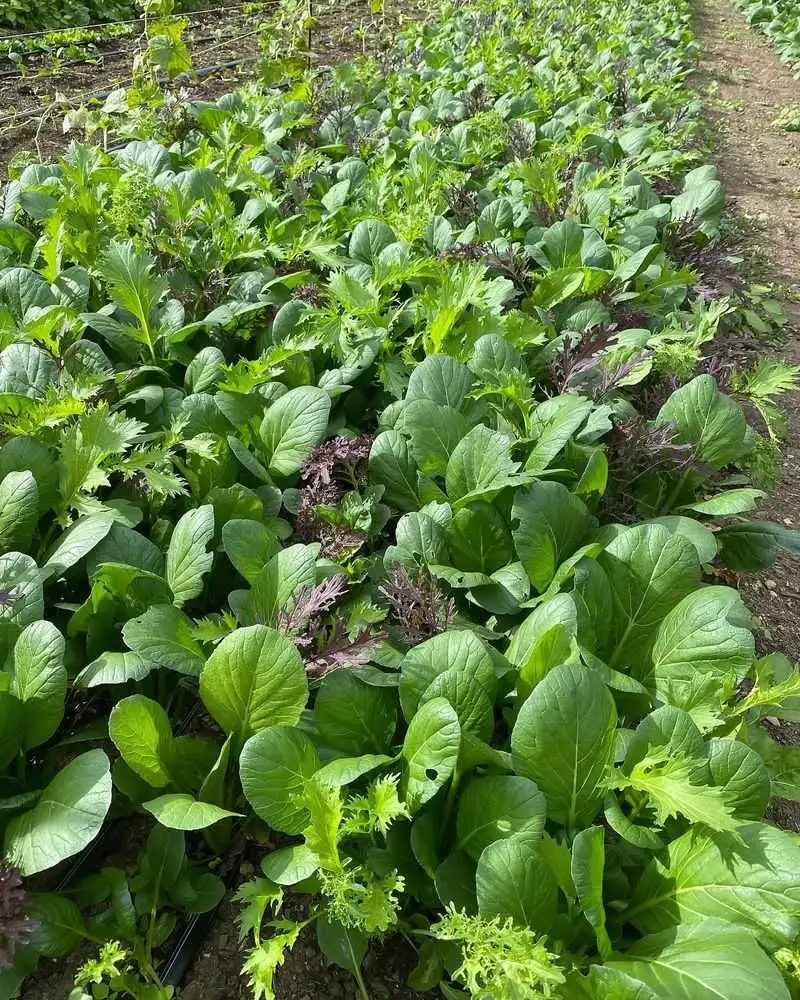
Mustard greens, with their spicy kick, are a dynamic addition to any garden. They require minimal care and adapt well to various climates, making them a gardener’s friend. Even when neglected, they continue to produce flavorful leaves.
These greens can be used in salads, stir-fries, and as a cooked side dish. For the best flavor, pick leaves young and tender. Mustard greens can also serve as a cover crop, improving soil health.
Consider purple or frilled varieties for added visual appeal and taste diversity.

